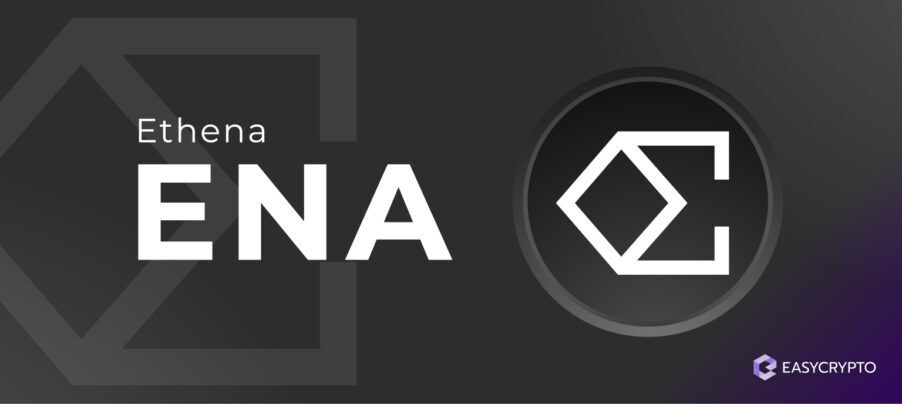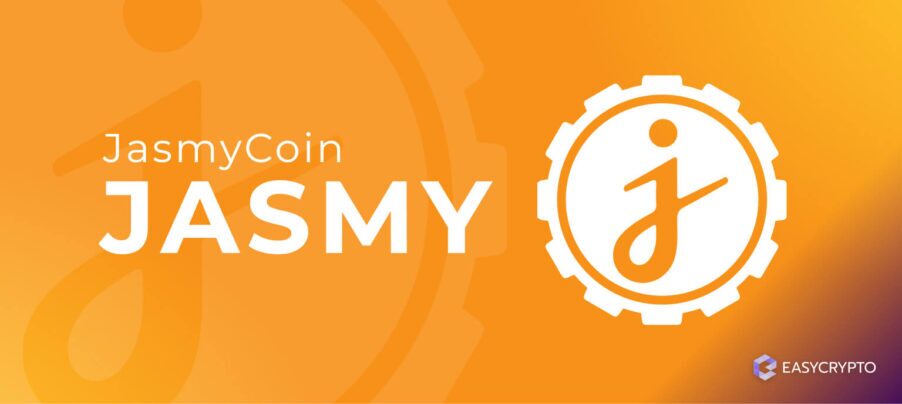Can NZDD be used for remittance?
One of the goals for NZDD is to lower the cost of remittance. While modern banks have offered digital means of transfer, much work needs.


NZDD is a type of cryptocurrency, where the value of 1 NZDD is effectively 1 New Zealand Dollar. This is made possible because every NZDD is backed by 1 NZD that is held in a bare trust bank account. This means every unit of NZDD is 100% redeemable and convertible into New Zealand Dollar cash.
Easy Crypto’s founding team, who also founded NZDD, is staying true to the ideals of centralised stablecoins, where the stablecoin collateral should always be liquid and consists of 100% cash.
This makes NZDD stablecoin a robust tokenized real-world asset, allowing it to safely integrate into the heart of New Zealand’s local economy.
One of the goals for NZDD is to lower the cost of remittance. While modern banks have done incredibly well to provide digital means of payments within a country’s borders, they tend to do poorly for international transfers and remittances.
Why are remittances expensive?
Transferring money within New Zealand’s border costs almost nothing. The digitisation of finance set forth by modern banks allows money (which in its purest form are bank notes and coins) to move around on the Internet at the speed of light.
So, if money has gone digital, why is it that sending NZD to other countries (or vice versa) is comparably more expensive? The short answer is that money hasn’t gone completely digital, in the context of modern banking.
Banking is complex, but most people aren’t aware of how expensive it is because of the shared cost burdens paid by people who use it. To understand why remittances are expensive while regular electronic transfers are not, you first need to understand how banking works in a nutshell.
How banking works in a nutshell
Banks are essentially a business — and businesses must make money. On top of that is the utmost important responsibility that all banks hold, which is to make sure that they can fulfil customers’ withdrawal requests.
Most banks allow withdrawals up to a certain amount per day. This is because as a business, they cannot leave all of the customers’ money sitting idly, without lending it out to generate interest (their source of revenue). But they can’t lend everything out, else they would violate the reserve requirements policy set by the RBNZ.
When you digitally send money from one bank to another, in theory, the receiving bank should receive more money (liquidity). But digital balance numbers mean nothing if the two banks don’t settle their real cash balances. In simple terms, actual physical cash may need to travel to their destination bank.
As long as there’s still a need for cash (bank notes and coins) to move around physically, money as we know it is not 100% digital. Note that cash doesn’t have to physically travel every time an interbank transfer occurs. Big banks in New Zealand that often transact with one another certainly have found ways to reduce settlement expenses.
What about overseas banks, and especially those that rarely communicate with big NZ banks? What about a local financial service on a remote island in the Pacific?
Money travels like people
In order for money to physically travel, someone has to drive it in a secured vehicle, and another has to count the money to ensure that no single cent is left behind. The procedure is not cheap, and the further the money goes, the more expensive it becomes.
To illustrate, think of public transportation. A vehicle needs at least one driver. The more passengers on that vehicle, the cheaper it is to travel, as each passenger shares a smaller cost to pay the driver (and other expenses). The more remote the destination is, the fewer passengers will be able to share the same ride, increasing the cost of transport.
People living in big cities in New Zealand can enjoy the benefits of cheap digital banking, because the big banks abstract away the complexities of interbank cash settlements. But as we move away from the cities, away from Aotearoa, and onto remote islands as far as Cook Island (where NZD is legal tender), money has to move further — and move quite literally.
On top of the costs to transport physical cash, people who send NZD abroad have to pay bankers (the middleman) at each “transit point” along the route the money travels.
NZDD can act as a non-custodial, NZD-backed, digital cash
Imagine a community on some of the remotest islands in New Zealand. An Auckland worker, whose family had lived on that island for generations, wants to send money to them.
While this community is connected well to the Internet and onto the rest of New Zealand’s financial system, its local bank may be struggling to maintain a reserve of NZD banknotes.
On paper, the family has received the money. They could digitally spend the money (make online bank transfers), but to withdraw the same amount in cash from the local bank could be challenging. It would take at least a week for the actual banknotes to arrive on that island.
It’s understandable why banknotes remain valuable, even if banking allows for digital means of payment. Banknotes are non-custodial, and it is something that can truly be owned. After all, the account balance only reflects the bank’s debt to the customer, and not the actual amount they’d own in cash.
The community therefore has two choices: 1) trust the bank completely that they can one day withdraw everything from their bank account, or 2) adopt NZDD stablecoins.
Adopting NZDD allows people to essentially go “bankless”. While NZDD holds the same value as New Zealand Dollars, it has the added benefit of being a cryptocurrency, which is the fact that it is non-custodial, similar to cash.
This means a crypto wallet (similar to an account) holding NZDD tokens cannot be frozen or seized by authorities, should it happen.
If you own 100,000 NZDD tokens, you own $100,000 worth of stablecoins, and can send that amount immediately to any crypto wallet address, anywhere in the world, without the help of a bank — hence, becoming bankless.
It’s also noteworthy that NZDD is backed 1-to-1 with real NZD cash at an onshore bank, giving holders the freedom to cash out whenever they want, for however much they want.
Since all crypto transfers impose a flat fee, it doesn’t cost more to send $100,000 than it is to send $1000 in NZDD.
NZDD, an alternative method of wealth transfer
Modern banks have done wonders in serving society by giving us the freedom to transact digitally at almost no cost.
However, this seemingly perfect way to manage money has a hidden cost, which is our overreliance on banks. We’re led to believe that we cannot store our wealth in any other way, as it’s far more risky to store all of our wealth in banknotes, than it is to store it at a custodian, namely banks.

NZDD stablecoins are trying to change this paradigm. It is possible to have complete custody of our own wealth, by leveraging blockchain technology.
NZDD tokens are effectively NZD cash because every token is backed 1-to-1 by NZD cash, and it is 100% redeemable through Easy Crypto.
NZDD presents a choice for people to find alternatives to banking, to seek other means of earning passive income through other financial services offered by decentralised platforms, such as peer-to-peer lending and smart contract lending.
By becoming bankless, NZDD holders essentially become their own bank, the complete controller of their own wealth.
Further reading: Explore more topics on all things crypto.
Share to
Stay curious and informed
Your info will be handled according to our Privacy Policy.
Make sure to follow our Twitter, Instagram, and YouTube channel to stay up-to-date with Easy Crypto!
Also, don’t forget to subscribe to our monthly newsletter to have the latest crypto insights, news, and updates delivered to our inbox.
Disclaimer: Information is current as at the date of publication. This is general information only and is not intended to be advice. Crypto is volatile, carries risk and the value can go up and down. Past performance is not an indicator of future returns. Please do your own research.
Last updated February 13, 2024





